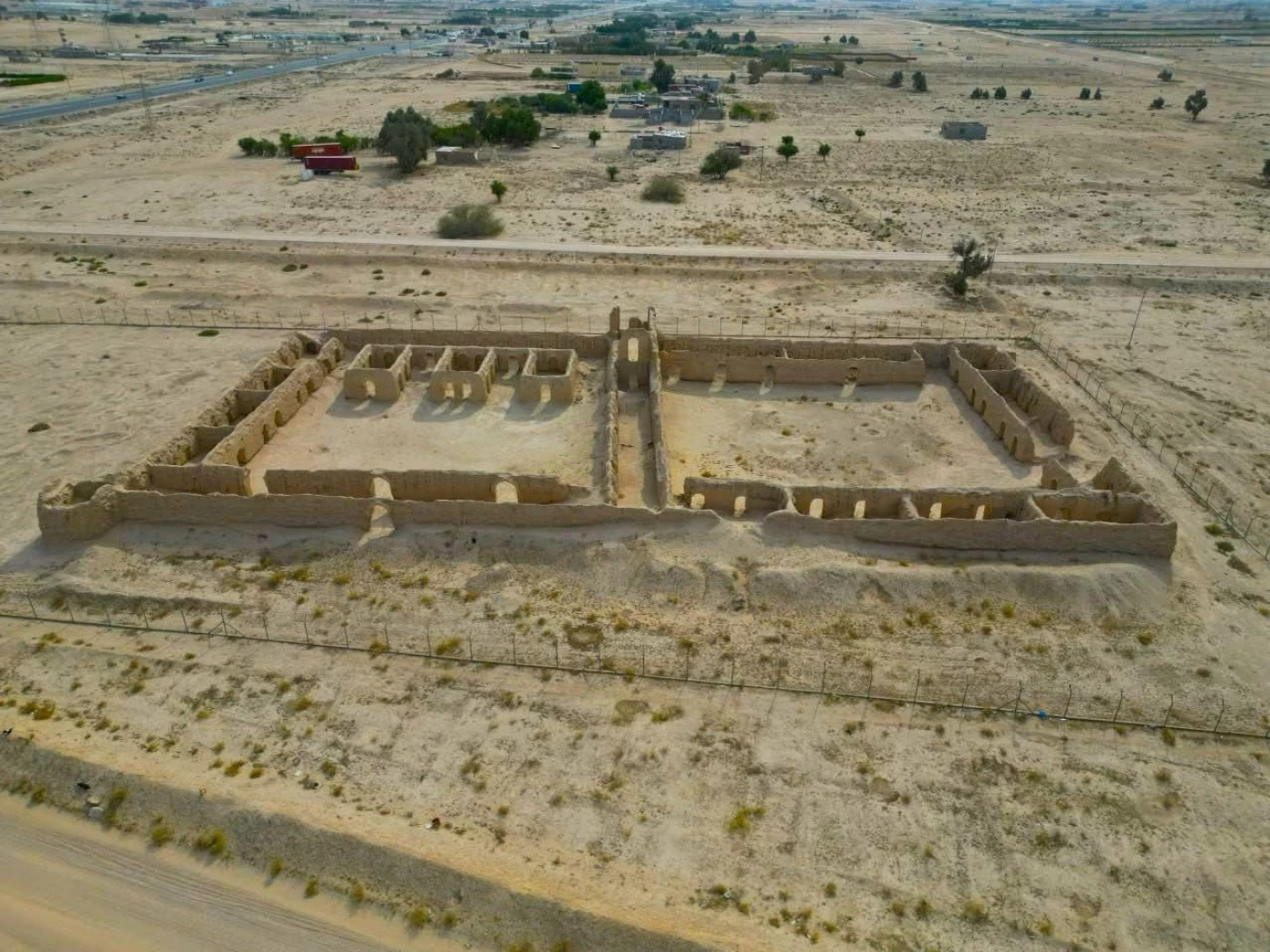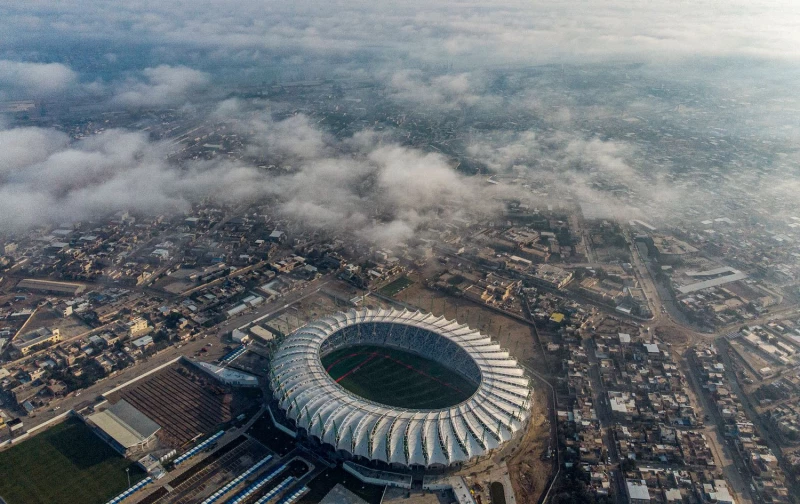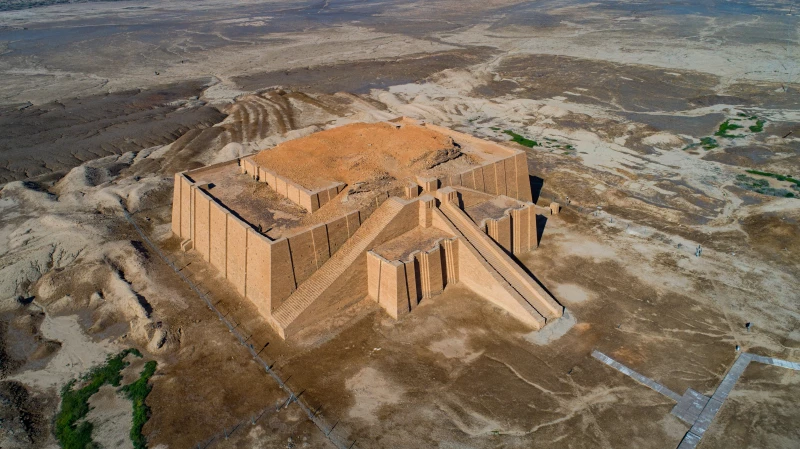ERBIL, Kurdistan Region of Iraq – During restoration work at Qasr Mudhay in Basra, the Basra Antiquities and Heritage Authority discovered inscriptions left by British soldiers who occupied the palace in 1941, along with earlier markings from Ottoman troops.
“Many British generals and soldiers wrote their names on the palace walls to document their presence,” said Mustafa al-Hussaini, spokesperson for the authority. “Ottoman soldiers who used the palace in earlier periods also left similar inscriptions.
Hussaini told The New Region that Basra is making significant progress in preserving its cultural heritage, with ongoing efforts to protect archaeological and historical sites. The province has more than 117 officially registered archaeological sites, in addition to many unregistered heritage locations, he added.
Current projects focus on restoring major landmarks and sites of historical interest, including Qasr Mudhay. The palace is undergoing restoration in line with international standards in order to revive it as a cultural and tourist destination.
Qasr Mudhay was constructed in 1895 by Abdul Aziz al-Hanouf and has passed through many owners since, including the aforementioned military forces. It is located in the Khor al-Zubair area west of Basra, offering a strategic position at the fringe of the Arabian Peninsula.
The site served as a British army headquarters during World War II, during which time soldiers left messages on its walls. These remnants of the British presence, combined with the palimpsest of the Ottoman forces, led Hussaini to state that the palace provides valuable documentation of military movements and occupations in Basra’s history.



 Facebook
Facebook
 LinkedIn
LinkedIn
 Telegram
Telegram
 X
X


